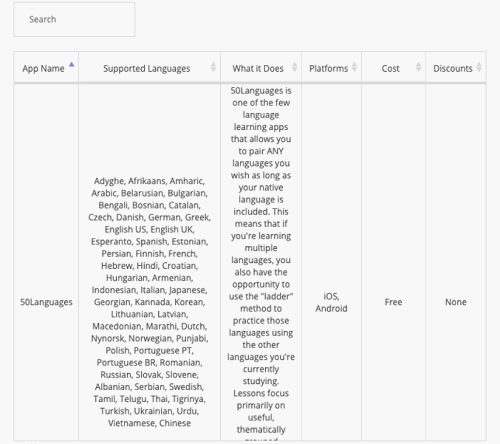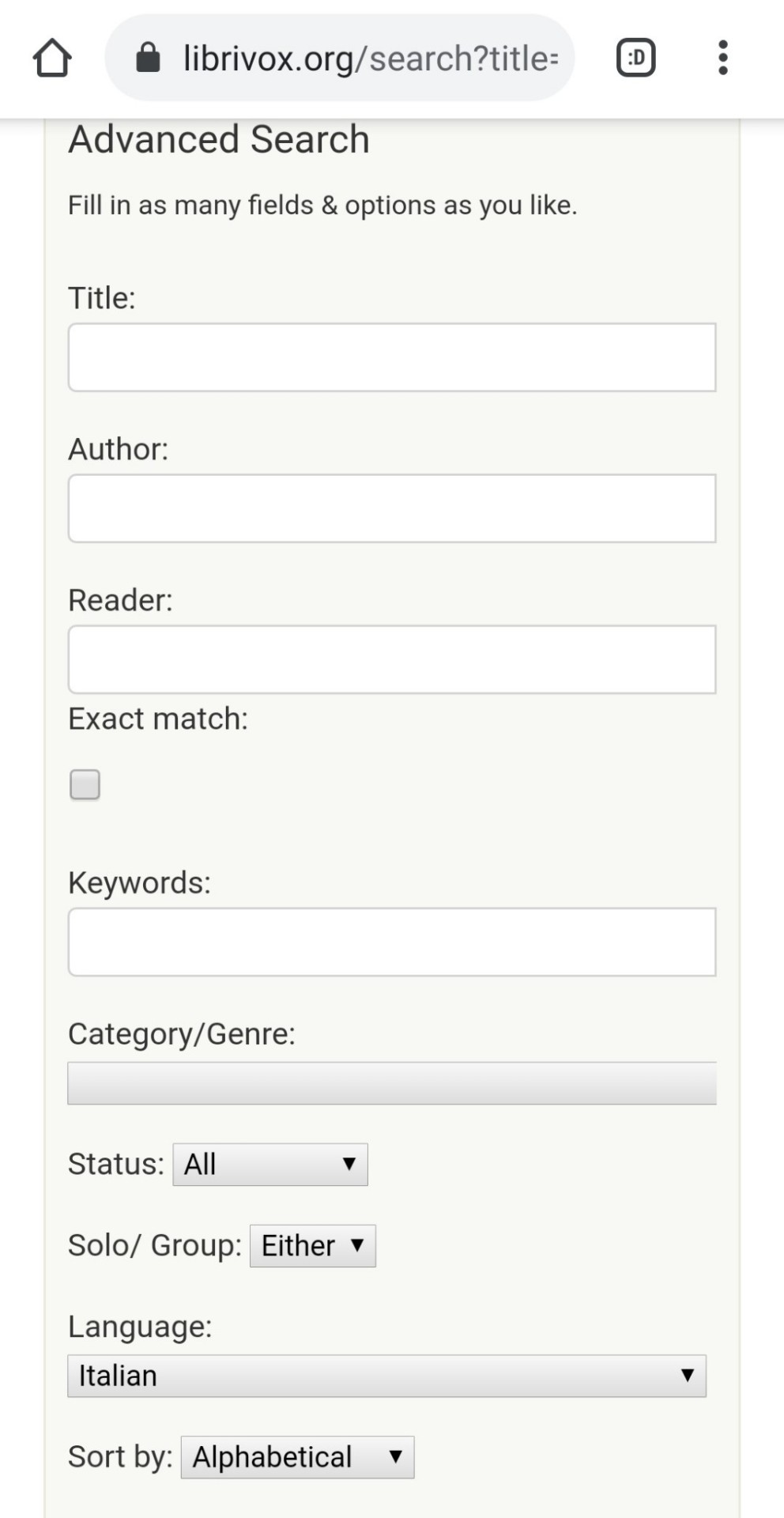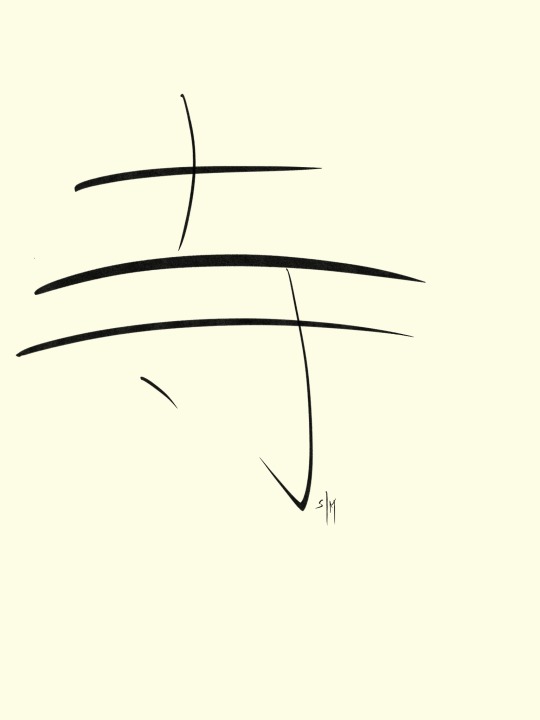Don't wanna be here? Send us removal request.
Text
to everyone else in school right now:
please use sparknotes. please use khan academy. please listen to school house rock songs and watch the history of the entire world i guess and tim and moby and bill nye. any documentary you watch in class can be found somewhere online with a quick google. get your books from project gutenberg and z-lib. download textbooks off the internet whenever you can find them. use desmos for a free online graphing calculator. if you’re learning something and you don’t get it look up the wikipedia page on it and put it into simple english to get the gist, then put it back into regular english to get the full story. cheat if you have to. school sucks so bad rn and if you’re like me and you get all your materials secondhand or from the lost and found, online resources are really useful rn; all of the above have helped me pass a class in some way, and i hope they can help you too.
stay inside and stay safe. best of luck to all the students out there.
67K notes
·
View notes
Link
The most useful part of this article is the table. I did research to find the highest quality language learning apps out there, all the languages they offer, the cost, etc. So you can search for a language you want to learn and the table will filter results based on what’s available for your target language!

1K notes
·
View notes
Note
Hi,what is the good site or app to start learning japanese?thanks.
Thank you for this question!
1. Start from learning Hiragana and Katakana
These are two Japanese alphabets, without knowing them you can't make any significant progress. Here are the sources I've used to learn them:
• JustKana (App) - very simple app just to learn hiragana and katakana. It was my first source and I think it is even better than Duolingo, as it allows you to write the character as many times as you want.



• Duolingo (App) - it has more variety in the types of practice questions but for me it lacks in exercises where you have to draw a kana. Although, if you are aural learner, Duolingo may better suit you as there are a lot of listening exercises. (However I've heard some of the audio is incorrect, better not use it as the only source of listening practice).



• Crunchy Nihongo (Webpage) - http://crunchynihongo.com/hiragana-reading-practice/
Here are also plenty of resources for beginner learners, I use this webpage to practice reading in hiragana. It's great, because you can show/ hide romaji for each line separately. There's also a translation for each story.
2. Learn vocabulary and grammar
• Duolingo - again, with beginner Japanese course you can get your head around the basic vocabulary. The pros of Duo are that it teaches you new words in sentences and there's a lot of listening - thus it should be easier for you to repeat these sentences in real life conversations. What I don't like though is that when new kanji appear, it does not teach you the stroke order and there is no writing practice in general. I think Duo is great but it should be used together with some language book and/or language course.
• Find a list of words that interest you and learn them! I found this YouTube channel, which has lots of videos explaining grammar and the ones with vocabulary in example sentences on different JLPT levels. Here's the link to video with 800 words from N5 level:
https://youtu.be/nuI4OgsJv_Q
youtube
• Genki (Book) - I found PDF version here: https://drive.google.com/drive/u/0/folders/1bo3mynaM8tm93psu3ATHiXWCC7gwQxLV
I haven't used it much, but many people are using it and it has positive reviews. This should help a lot with learning grammar. Here's also a workbook with exercises to practice for your own.
3. Learn kanji
This should be done simultaneously with learning new vocab and grammar, but I wanted to give some resources seperately:
• Kanji Graden (App) - this app was highly recommended to me by a friend and I'm going to start to use it in near future. I've just had a quick look at it and it looks great, you have everything you need (stroke order, meaning, both readings).
***This is how I started, together with Japanese lessons. If anyone has other resources they've used, please share in the comments!***
71 notes
·
View notes
Text
july 22, 2019
i just found a google drive of genki 1 and genki 2 textbooks, as well as the audio and workbooks. if anyone wants to study without paying $140+ dollars for them, do let me know!
i also found a pdf of “remembering kanji,” which some say is the only way they learned beginning kanji!!
currently listening: someone like you - adele
39 notes
·
View notes
Text
Finished the next batch of grammar going on to learn vocab and maybe start with the first round of grammar exercises.
I find it easier to remember stuff from paper than from my screen 😅.
0 notes
Text
So finally got the vocabulary from the first lesson down. I can write and recall it well enough that I feel secure moving on. It took a while, especially the occupations and majors weirdly enough.
I've been doing some Grammer exercises in between and after I've done the practice exercises I'll move on to the next lesson.
Also ! I just added the next batch of vocabulary to Quizlet.
0 notes
Text
dear all my Learning Japanese fellow! I have a good news for you!
I found a website where you can read raw manga BUT it is bilingual! you can switch the language right when you're reading. I also usually use rikaikun to assist my reading here!
223 notes
·
View notes
Text

LibriVox - a free selection of audiobooks in many languages, no account or sign up needed.
147 notes
·
View notes
Text
Decided to pick learning Japanese back up and I'm starting from the bottom. Starting over shows me where my weaknesses are and what I have to fill in. Though it's "only" hiragana I think it's best to nip little mistakes in the bud now.
0 notes
Text
beginners Japanese resources
These are all 100% free downloads, from my own google drive acc.
Genki:
Genki 1: An integrated course in elementary Japanese
FULL: Genki 1 (rar) (ALL FILES. contains everything listed below)
Genki 1 textbook (pdf)
Genki 1 workbook (pdf)
Kanji flashcards (pdf)
Kanji Anatomy
Adjectives (pdf)
Vocabulary by lesson (doc)
Tonal Guide (pdf)
Chapter 1 audio (mp3)
Chapter 2 audio (mp3)
Chapter 3 audio (mp3)
Chapter 4 audio (mp3)
Chapter 5 audio (mp3)
Chapter 6 audio (mp3)
Chapter 7 audio (mp3)
Chapter 8 audio (mp3)
Chapter 9 audio (mp3)
Chapter 10 audio (mp3)
Chapter 11 audio (mp3)
Chapter 12 audio (mp3)
Videos (wmv)
Genki 1&2 full word list (xls)
Answer key (for Genki 1&2) (pdf)
Genki 2: An integrated course in elementary Japanese
Genki 2 textbook (pdf)
Genki 2 workbook (pdf)
Tonal guide (pdf)
Kanji Anatomy (pdf)
Full audio (rar) (CONTAINS ALL 6 CDS LISTED BELOW)
CD 1 Audio (mp3)
CD 2 Audio (mp3)
CD 3 Audio (mp3)
CD 4 Audio (mp3)
CD 5 Audio (mp3)
CD 6 Audio (mp3)
Genki 1&2 full word list (xls)
Answer key (for Genki 1&2) (pdf)
Mirai - Stage 1 course:
Stage 1 coursebook (pdf)
Full audio (rar) (CONTAINS BOTH CDS LISTED BELOW)
CD 1 Audio (mp3)
CD 2 Audio (mp3)
Hugo Japanese in 3 Months:
Textbook (pdf)
Audio lessons (mp3)
Berlitz Japanese Course:
Basic Japanese workbook (pdf)
CDs 1-3 (rar) (ALL AUDIO LISTED BELOW)
CD 1 Audio (mp3)
CD 2 Audio (mp3)
CD 3 Audio (mp3)
Collins Easy Learning Japanese:
Easy Learning Japanese Textbook (pdf)
CD 1 (mp3)
CD 2 (mp3)
CD 3 (mp3)
Let’s Learn Japanese Basic:
Lets Learn Japanese Basic - Volume 1 (pdf)
Lets Learn Japanese Basic - Volume 2 (pdf)
Lets Learn Japanese Basic - Volume 3 (pdf)
Videos (avi)
Language 30:
Language 30 workbook (pdf)
Language 30 audio (mp3)
Additional content:
Kanji:
Kanji de manga (learning to read and write kanji with comics) (pdf)
Kanji Pict-O-Graphix (kanji and kana mnemonics) (pdf)
Kanji power workbook (pdf)
Grammar:
A handbook of Japanese grammar (pdf)
Making sense of Japanese grammar (pdf)
Oxford Japanese grammar & verbs
Particles:
All about particles (pdf)
Differentiating between particles (pdf)
Japanese particle workbook (pdf)
Verbs:
Verbs at a glance (pdf)
Oxford Japanese grammar & verbs
2K notes
·
View notes
Text
FOR ANYONE WANTING TO LEARN JAPANESE: THIS REDDIT THREAD LINKS TO A GOOGLE DRIVE WITH ALL THE GENKI TEXTBOOKS AND WORKBOOKS ALONG WITH AN ANSWER KEY AND MP3 FILES
268 notes
·
View notes
Text
Hey did you know I keep a google drive folder with linguistics and language books that I try to update regularly
UPDATE because apparently not everyone has seen this yet the new and improved version of this is a MEGA folder
I know there’s so many more urgent things but if you like this resource you may consider buying me a ko-fi to keep this project alive
220K notes
·
View notes
Text
Hey did you know I keep a google drive folder with linguistics and language books that I try to update regularly
220K notes
·
View notes
Note
Hey there!! I'm sorry if this seems kind of an stupid question but I want to know, only people who buy the Japanese copies will be able to read the translation? It won't ever go public? I don't have any problem with buying them, it's just that I want to know if that is how it works so I can search how to do the whole thing haha and also, if I buy them, how do I let you know? :c thank you for the hard work and for bringing such good stories ♡
Hi! No it’s not a stupid question at all, I’m happy to clarify! So I have two different types of releases: public/private releases and locked releases. Public/private releases like Aho Ero and Mistersama niwa Nakasarenai are available for anyone to read on Google Drive. Locked releases like Koisuru Hypnotic Therapy are only available for those who buy a copy of the manga - this is to make sure that the author properly gets compensated for their work. For all of my locked scanlations, I will post chapter one on Google Drive for anyone to read (link to chapter will be on the release post) so that those who are interested in buying the manga can see whether they like the story before proceeding with their purchase!
To verify that you bought/own a copy of the manga, there’s a scanlation request form that you fill out. Once you fill out the form, you’ll get an automatic e-mail with instructions on how to show your proof of purchase. Once you verify your post, I’ll send you a PDF copy of the scanlation as well as give access to the Google Drive version. It’s a fast and simple process and no one has really had any problems with it so far!
Here are some links:
Instructions on how to buy raws - tutorial for cmoa.jp and honto.jp
Scanlation request form - to verify that you own the copy
Projects page - manga with a 🔒emoji next to its name means it’s locked (for now it’s only Koisuru Hypnotic Therapy), click on the image to go to its post
If you have any other questions, please don’t hesitate to ask!! :)
17 notes
·
View notes
Text
In linguistics, a filler is a sound or word that is spoken in conversation by one participant to signal to others that he/she has paused to think but is not yet finished speaking. These are not to be confused with placeholder names, such as thingamajig, which refer to objects or people whose names are temporarily forgotten, irrelevant, or unknown.
In Afrikaans, ah, em, and eh are common fillers.
In Arabic, يعني yaʿni (“I mean”) and وﷲ wallāh(i) (“by God”) are common fillers.[2][3][4]
In American Sign Language, UM can be signed with open-8 held at chin, palm in, eyebrows down (similar to FAVORITE); or bilateral symmetric bent-V, palm out, repeated axial rotation of wrist (similar to QUOTE).
In Bengali, mane (“it means”) is a common filler.
In Catalan, eh /ə/, doncs (“so”), llavors (“therefore”), and o sigui (“it means”) are common fillers.
In Czech, tak or takže (“so”), prostě (“simply”), jako (“like”) are used as fillers. Čili (“or”) and že (“that”, a conjunction) might also be others. A person who says jako and prostě as fillers might sound a bit simple-minded to others.[5]
In Danish, øh is one of the most common fillers.
In Dutch, eh, ehm, and dus are some of the more common fillers.
In Esperanto, do (“therefore”) is the most common filler.
In Filipino, ah, eh, ay, and ano are the most common fillers.
In Finnish, niinku (“like”), tota, and öö are the most common fillers.
In French, euh /ø/ is most common; other words used as fillers include quoi (“what”), bah, ben (“well”), tu vois (“you see”), and eh bien (roughly “well”, as in “Well, I’m not sure”). Outside of France, other expressions are tu sais (“you know”), t’sais’veux dire? (“you know what I mean?”), or allez une fois (“go one time”). Additional filler words include genre (“kind”), comme (“like”), and style (“style”; “kind”)
In German, a more extensive series of filler words, called modal particles, exists, which actually do give the sentence some meaning. More traditional filler words are äh /ɛː/, hm, so /zoː/, tja, and eigentlich (“actually”)
In Hebrew, eh is the most common filler. Em is also quite common.
In Hindi, matlab (“it means”) and “Mah” are fillers.
In Hungarian, common filler words include hát (well…) and asszongya (a variant of azt mondja, which means “it says here…”).
In Icelandic, a common filler is hérna (“here”). Þúst, a contraction of þú veist (“you know”), is popular among younger speakers.
In Indonesian (Bahasa Indonesia), anu is one of the most common fillers.
In Italian, common fillers include “tipo” (“like”), “ecco” (“there”) and “cioè” (“actually”)
In Irish Gaelic, abair /ˈabˠəɾʲ/ (“say”), bhoil /wɛlʲ/ (“well”), and era /ˈɛɾˠə/ are common fillers, along with emm as in Hiberno-English.
In Japanese, common fillers include eetto, ano, sono, and ee.
In Kannada,Matte for also,Enappa andre for the matter is are the common fillers.
In Korean, eung, eo, ge, and eum are commonly used as fillers.
In Lithuanian, nu, am and žinai (“you know”) are common fillers.
IN Maltese and Maltese English, mela (“then”), or just la, is a common filler.
In Mandarin Chinese, speakers often say 这个 zhège/zhèige (“this”) or 那个 nàge/nèige (“that”). Another common filler is 就 jìu (“just/precisely”).
In Norwegian, common fillers are øh, altså, på en måte (“in a way”), ikke sant (literally “not true?”, “no kidding”, or “exactly”), vel (“well”), and liksom (“like”). In Bergen, sant (“true”) is often used instead of ikke sant. In the Trøndelag region, skjø’ (“see?” or “understand?”) is also a common filler.
In Persian, bebin (“you see”), چیز “chiz” (“thing”), and مثلا masalan (“for instance”) are commonly-used filler words. As well as in Arabic and Urdu, يعني yaʿni (“I mean”) is also used in Persian. Also, eh is a common filler in Persian.
In Portuguese, tipo (“like”) is the most common filler.
In Romanian, deci /detʃʲ/ (“therefore”) is common, especially in school, and ă /ə/ is also very common (can be lengthened according to the pause in speech, rendered in writing as ăăă), whereas păi /pəj/ is widely used by almost anyone.
In Russian, fillers are called слова-паразиты (“vermin words”); the most common are Э-э (“eh”), это (“this”), того (“that��), ну (“well”), значит (“it means”), так (“so”), как его (“what’s it [called]”), типа (“like”), and как бы (“[just] like”).
In Serbian, znači (“means”) and ovaj (“this”) are common fillers.
In Slovak, oné (“that”), tento (“this”), proste (“simply”), or akože are used as fillers. The Hungarian izé (or izí in its Slovak pronunciation) can also be heard, especially in parts of the country with a large Hungarian population. Ta is a filler typical of Eastern Slovak and one of the most parodied features.
In Slovene, pač (“but”, although it has lost that meaning in colloquial, and it is used as a means of explanation), a ne? (“right?”), and no (“well”) are some of the fillers common in central Slovenia, including Ljubljana.
In Spanish, fillers are called muletillas. Some of the most common in American Spanish are e /e/, este (“this”), and o sea (roughly means “I mean”).[6], in Spain the previous fillers are also used, but ¿Vale? (“right?”) and ¿no? are very common too.
In Swedish, fillers are called utfyllningsord; some of the most common are öhm, ja (“yes”), ba (comes from “bara”, which means “just”), asså or alltså (“therefore”, “thus”), va (comes from “vad”, which means “what”), and liksom and typ (both similar to the English “like”).
In Ukrainian, ой /ɔj/ is a common filler.
In Urdu, yani (“meaning…”), falan falan (“this and that”; “blah blah”), umm, and aaa are also common fillers.
In Telugu, ikkada entante (“Whats here is…”) and tarwatha (“then…”) are common and there are numerous like this.
In Tamil, paatheenga-na (“if you see…”) and apparam (“then…”) are common.
In Turkish, yani (“meaning…”), şey (“thing”), “işte” (“that is”), and falan (“as such”, “so on”) are common fillers.
In Welsh, de or ynde is used as a filler (loosely the equivalent of “You know?” or “Isn’t it?”). Ym… and Y… are used similarly to the English “um…”.
90K notes
·
View notes
Text
References Anyone?
Throwing this out to the langblr community: To study my target languages I am translating lyrics but I need something to check my work against. Does anyone know of any websites which offer lyric translation? Right now my focus is Spanish, but I am also studying Italian as well.
23 notes
·
View notes
Text
Kanji that use 寺
I am finally making a post about something that has been driving me crazy since I started learning Japanese.

I have seen these words so often in sentences by now and even used some of them myself, but I still confuse them while reading sometimes and I want to be really clear on these when I next appear for JLPT.



The words listed in the image:
侍
侍 - samurai
侍する (じする) - to wait upon, to serve
侍べる (はべる) - to wait upon, to serve
侍史 (じし) - private secretary, also means “respectfully” when added to the name of an addressee
侍女 (じじょ) - ladies maid
侍妾 (じしょう) - concubine, mistress
侍講 (じこう) - tutor to the daimyou, tutor to the emperor or crown prince during the meiji era
————————————————————————
待
待つ (まつ) - to wait
期待 (きたい) - anticipation, expectation, hope
待つ身は長い (matsumihanagai) - a watched pot never boils
招待 (しょうたい) - invitation
乞うご期待 (こうごきたい) - stay tuned
待望 (たいぼう) - waiting expectantly, waiting eagerly, looking forward to
待宵 (まつよい) - night where one waits for someone who is supposed to come
絶待 (ぜつだい) - incomparable, absolutelness, supremacy
————————————————————————-
���
特別 (とくべつ) - special
授受特性 (じゅじゅとくせい) - intent
特異点 (とくいてん) - singularity, special point
特盛 (とくもり) - extra large portion (eg. with rice dishes)
特技 (とくぎ) - special skill
—————————————————————-
持
持つ (もつ) - to hold
間を持つ (まをもつ) - to have a commanding presence
平和維持 (へいわいじ) - peacekeeping
支持率 (しじりつ) - approval rating
気持ち (きもち) - feeling
出前持ち (でまえもち) - food delivery person
持ち物 (もちもの) - one’s property
———————————————————————-
峙
峙つ (そばだつ) - to tower, to rise
対峙 (たいじ) - confrontation, squaring off against
————————————————————————
恃
恃む or 恃 (たのむ) - to request
(Alternative kanji of 頼む)
—————————————————————————
畤
Festival grounds
—————————————————————————
時
時疫 (じえき) - epidemic
時 (とき) - time
時代 (じだい) - era, epoch, period
田沼時代 (たぬまじだい) - Tanuma period (1767 - 1786 CE)
黄昏時 (たそがれどき) - dusk, twilight
時たま (ときたま) - once in a while, occasionally
時の帝 (ときのみかど) - emperor of the time
時好 (じこう) - fashion, fad
時季外れ (じきはずる) - unseasonal, out of season
旧時 (きゅうじ) - ancient times
時計学 (とけいがく) - horology (study of the measurement of time)
安静時 (あんせいじ) - at rest
—————————————————————————
塒
塒 (ねぐら) - roost, hen coop
塒を解く(とぐろをほどく) - to coil in on itself (eg. like a snake)
—————————————————————————-
鰣
鰣 (はす) - a type of freshwater fish
—————————————————————————-
詩
詩人 (しじん) - poet
——————————————————————————
Please feel free to add to the post if you know others!
(I wrote part of this post once and Tumblr didn’t save my progress while saving the draft, for some reason, so it got erased and I had to write it all over again, so pardon me if there are any typos)
570 notes
·
View notes